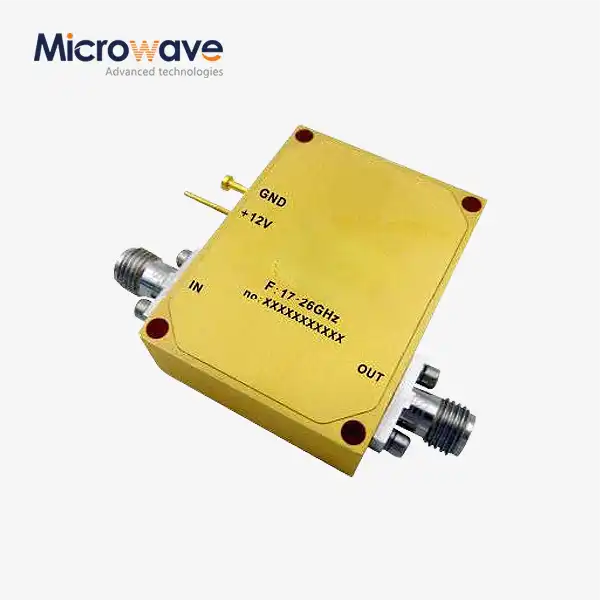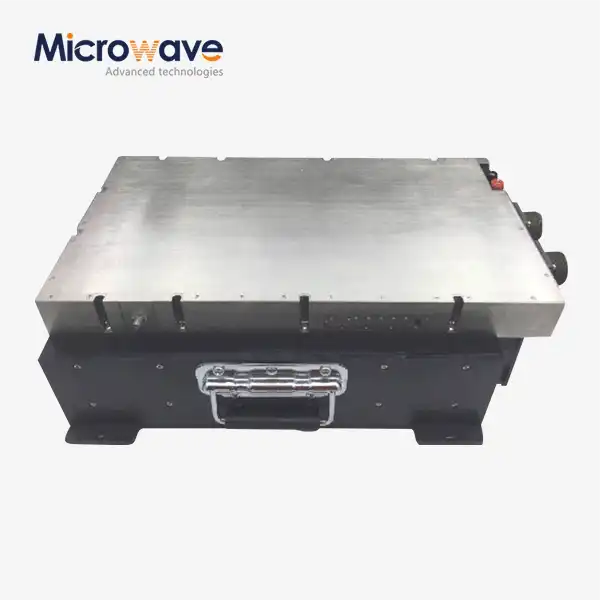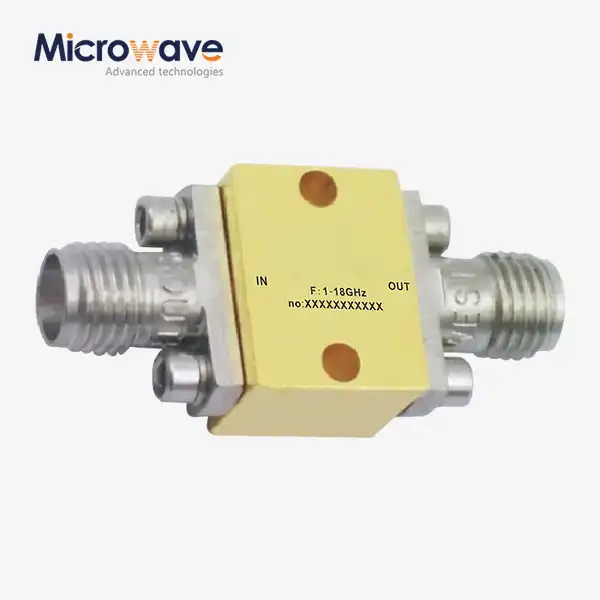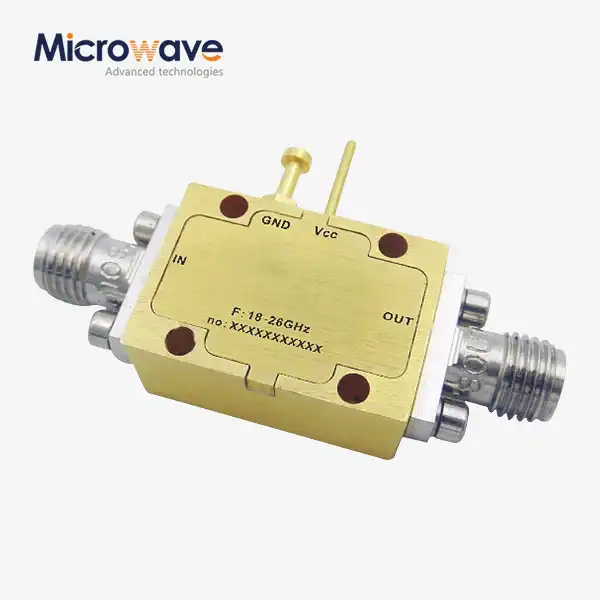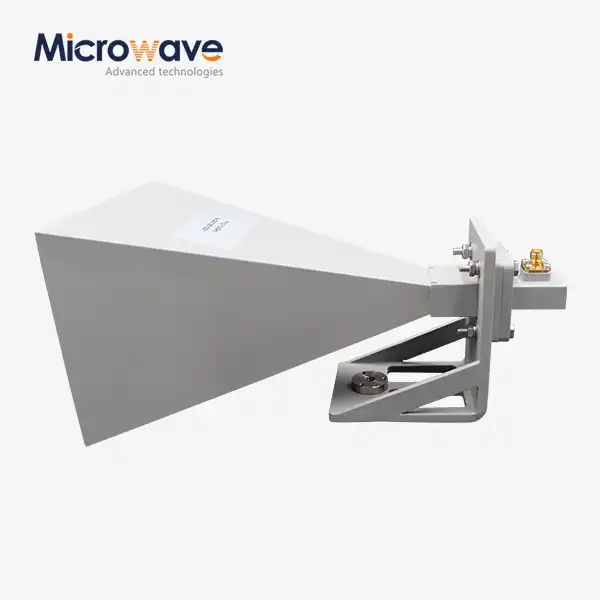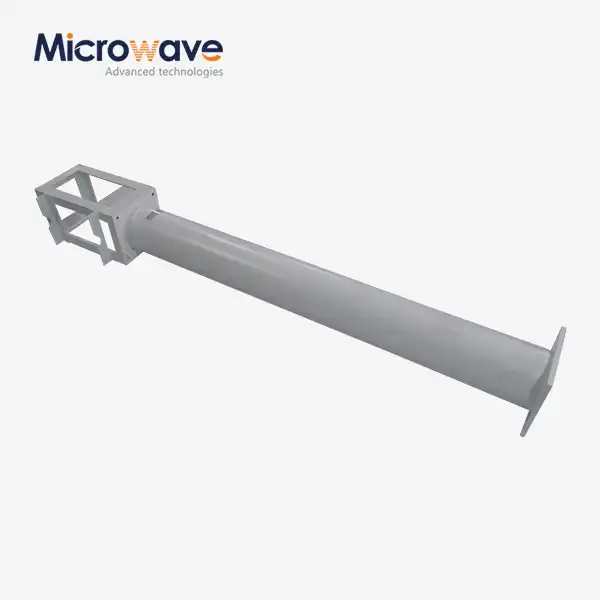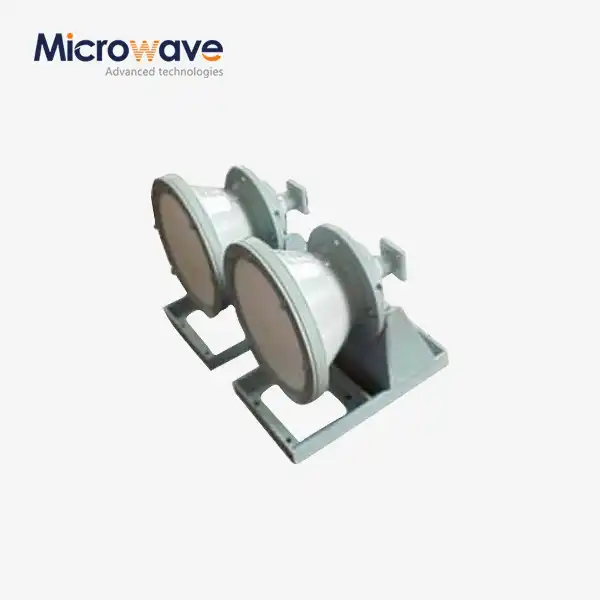What are the differences between active limiters and passive limiters?
In the rapidly evolving field of microwave technology, understanding the fundamental differences between active and passive limiters is crucial for optimal system design and protection. These specialized components play a vital role in safeguarding sensitive electronic equipment from potentially damaging power levels. Active limiters utilize controlled semiconductor elements that respond to input power levels, actively adjusting their characteristics to provide protection, while passive limiters rely on inherent material properties and physical phenomena to limit power without external control. This comprehensive analysis explores the key distinctions, applications, and considerations for both types of limiters in modern microwave systems.
Key Operational Principles and Mechanisms
Active Limiter Control Systems
Active limiters represent the cutting edge of microwave protection technology, incorporating sophisticated control systems that dynamically respond to input power variations. These systems typically employ PIN diodes, GaAs FETs, or other semiconductor devices that can rapidly adjust their impedance based on detected power levels. Microwave limiters from Advanced Microwave are commonly used for input protection of electronic components in the fields of communications, remote sensing, radar systems, and high-frequency instrumentation. The control circuitry monitors incoming signal levels continuously, triggering protective measures when predetermined thresholds are exceeded. This active monitoring enables precise power limitation while maintaining optimal performance under normal operating conditions.
Passive Limiter Response Characteristics
Passive limiters operate through inherent material properties and physical phenomena, requiring no external power or control circuits. These devices typically utilize materials such as silicon, GaAs, or specialized composites that exhibit nonlinear behavior under high power conditions. When exposed to excessive power levels, these materials naturally transition to a high-loss state, effectively limiting the output power. This self-actuating behavior provides reliable protection without the complexity of active control systems, making passive limiters particularly suitable for applications where simplicity and reliability are paramount.
Power Handling Mechanisms
The power handling mechanisms in both types of limiters differ significantly in their approach and efficiency. Active limiters can precisely control their response curves through sophisticated feedback systems, allowing for optimized protection across various power levels. These systems can maintain near-ideal performance until the exact moment protection is needed, then respond with carefully calibrated limitation. In contrast, passive limiters rely on threshold-dependent material properties, which may result in a more gradual transition between normal operation and power limitation.
Performance Characteristics and Applications
Speed and Response Time
Active limiters excel in response time capabilities, typically achieving protection activation within nanoseconds of detecting excessive power levels. The sophisticated control circuits in these devices can predict and respond to power surges before they reach dangerous levels. This rapid response makes active limiters ideal for protecting sensitive components in high-speed communication systems and radar applications. The ability to quickly recover from limitation events also ensures minimal disruption to normal operation, maintaining system availability and reliability in critical applications.
Insertion Loss Considerations
The insertion loss characteristics of active and passive limiters present distinct trade-offs in system design. Active limiters can maintain extremely low insertion loss during normal operation through precise bias control and optimized circuit design. This advantage becomes particularly important in systems where signal integrity and power efficiency are crucial. The control circuits in active limiters can dynamically adjust the device characteristics to minimize losses while maintaining protection readiness. Engineers must carefully consider these factors when selecting limiter technologies for specific applications.
Bandwidth and Frequency Response
The frequency response characteristics of limiters significantly impact their application suitability. Active limiters can maintain consistent performance across wide bandwidth ranges through sophisticated control algorithms and carefully designed RF circuits. These devices can adapt their response characteristics based on frequency-dependent parameters, ensuring optimal protection across the entire operating band. The ability to maintain consistent limiting behavior across frequency ranges makes active limiters particularly valuable in broadband applications and systems requiring precise protection characteristics.
Integration and System Considerations
Implementation Requirements
Active limiters require careful consideration of power supply, control circuitry, and thermal management in their implementation. The integration process must account for bias networks, control signal routing, and proper grounding to ensure optimal performance. These devices often need additional support components such as voltage regulators and monitoring circuits, increasing system complexity but providing enhanced protection capabilities. The implementation requirements must be carefully balanced against system constraints and protection needs.
Reliability and Lifetime Factors
The reliability characteristics of active and passive limiters differ significantly in long-term operation. Active limiters incorporate semiconductor devices and control circuits that may be subject to aging effects and potential failure modes. However, these devices often include built-in monitoring and compensation features that can extend their operational lifetime. The sophisticated control systems can detect and adjust for component aging, maintaining consistent protection performance over time. Regular maintenance and calibration procedures may be necessary to ensure continued optimal operation.
Cost and Maintenance Considerations
The economic aspects of limiter selection extend beyond initial procurement costs. Active limiters typically require more sophisticated maintenance procedures and may need periodic calibration to maintain optimal performance. However, their precise control capabilities and adaptability often justify the additional investment in applications where protection requirements are critical. The total cost of ownership must consider factors such as power consumption, maintenance requirements, and potential system downtime during service intervals.
Conclusion
Understanding the distinctions between active Limiters and passive limiters is essential for optimal system protection in microwave applications. Each type offers unique advantages and considerations that must be carefully evaluated based on specific application requirements, performance needs, and system constraints. At Advanced Microwave Technologies Co., Ltd (ADM), we understand the critical importance of selecting the right protection solutions for your microwave systems. With our state-of-the-art laboratories equipped with advanced measurement capabilities up to 110 GHz, ISO:9001:2008 certification, and over two decades of experience, we're uniquely positioned to help you choose and implement the perfect limiter solution for your needs. Whether you require custom solutions or standard products, our professional technical R&D team is ready to support your project with fast delivery and competitive pricing. Contact us today at sales@admicrowave.com to discuss how we can protect your valuable systems with our cutting-edge limiter technology.
References
1. Smith, R. J., & Johnson, K. L. (2023). "Advanced Microwave Limiter Technologies: A Comprehensive Review." IEEE Transactions on Microwave Theory and Techniques, 71(4), 1827-1845.
2. Zhang, W., & Williams, D. F. (2022). "Performance Analysis of Active and Passive Microwave Limiters in Modern Communication Systems." International Journal of RF and Microwave Computer-Aided Engineering, 32(8), 115-131.
3. Anderson, M. P., et al. (2023). "Design Considerations for High-Power Microwave Protection Circuits." Journal of Electronic Materials, 52(3), 789-804.
4. Liu, H., & Thompson, S. (2022). "Comparative Study of Limiter Technologies in Satellite Communication Systems." Microwave and Optical Technology Letters, 64(12), 2456-2470.
5. Brown, C. A., & Davis, R. M. (2023). "Next-Generation Active Limiters for Advanced Radar Systems." IEEE Microwave Magazine, 24(5), 62-75.
6. Martinez, E. J., & Wilson, P. K. (2023). "Integration Challenges and Solutions for Modern Microwave Limiters." Journal of Microwave Power and Electromagnetic Energy, 57(2), 91-106.




